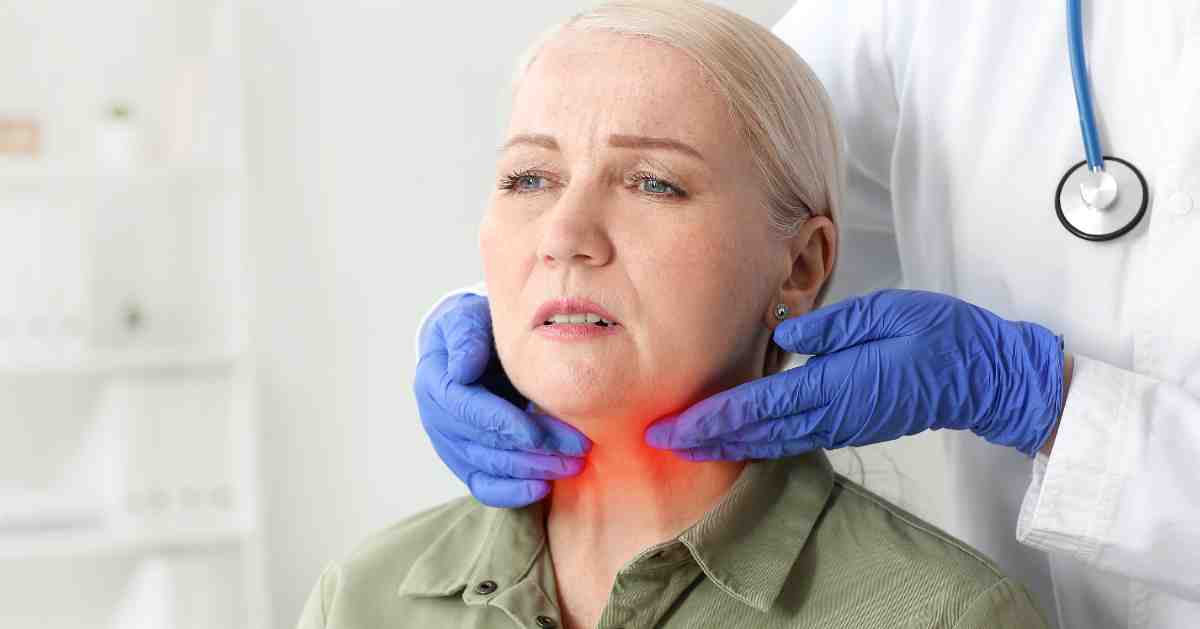Different Types of Ovarian Cysts and Treatment Options

Different Types of Ovarian Cysts and Treatment Options
Ovarian cysts are fluid-packed sacs that develop in or on the ovary of a woman. They usually develop during ovulation, when the ovary releases one or more mature eggs for fertilisation. Ovarian cysts are generally harmless and most women do not experience any signs or symptoms.
Although most cysts do not cause any complications, it is still best to go for regular medical check-ups to identify a condition in its early stages if any. Keep a track of your gynaecological health by visiting the best gynecologist hospital in Gurgaon or your place of residence.
Causes of ovarian cysts
In the early phases of each menstrual cycle, ovaries develop small cyst-like structures called follicles. During ovulation, a mature egg is released from one of the follicles. If a usual follicle keeps on developing, it turns into a ‘functional cyst’. Such cysts usually vanish within the next two or three cycles.
However, other factors affecting ovarian cyst development include pregnancy, hormone alterations such as fertility medications, endometriosis, and pelvic infection spreading to the ovaries.
Symptoms of ovarian cysts
Most ovarian cysts or functional cysts are small, non-cancerous (benign), and hardly cause any symptoms. Yet, some ovarian cysts may lead to one or more of the following signs and symptoms:
- Pain or uneasiness in the lower tummy area (abdomen).
- At times, periods may become heavier or lighter than normal.
In case of severe pain or difficult periods, visit the best gynecologist hospital in Gurgaon or your city and consult a doctor at the earliest.
What does ovarian cyst pain appear like?
You may experience sharp or dull pain on one side of the abdomen. The pain may come and go. However, if you have a large cyst, you may experience constant pain on the side. Watch out for unexpected changes in your menstrual cycle. You may even experience some spotting between periods. Sometimes an ovarian cyst may get twisted or burst open. Either of these situations can cause excruciating pain.
Mostly, you experience ovarian cyst pain on one side of the abdomen area—in the lower tummy and/or deep down in the pelvis. Another major sign of an ovarian cyst is a dull ache or uneasiness associated with bloating.
Different types of ovarian cysts
The most common types of ovarian cysts form during the menstrual cycle. They are usually benign (not cancerous). The different types of ovarian cysts include:
- Corpus luteum cysts: Once the follicle disintegrates and releases the mature egg, the empty follicle sac reduces into a mass of cells which produces hormones to mature an egg for the next cycle. Corpus luteum cysts are formed when the sac fails to shrink.
- Follicle cysts: In a standard menstrual cycle, an egg is released from the ovary each month. The egg develops inside a tiny sac named a follicle. Upon maturation of the egg, the follicle disintegrates to release the egg. Follicle cysts are formed when the follicle does not disintegrate. This results in the follicle developing into a cyst.
Other types of less common benign ovarian cysts include:
- Ovarian endometriomas: Also called “chocolate cysts”, these cysts are filled with menstrual blood. The presence of chocolate cysts indicates endometriosis—a condition where uterine lining-like tissue develops outside the uterus.
- Dermoid cysts: These cysts are formed when tissue collects under the skin. They usually appear from birth and do not show any signs or symptoms.
- Ovarian mucinous cystadenoma: A benign cyst, ovarian mucinous cystadenoma arise from the surface epithelium of the ovary. It usually grows on to become huge.
Malignant (cancerous) ovarian cysts are quite rare and mostly occur in older females. Cancerous cysts are types of ovarian cancer. Therefore, ovarian cysts must be evaluated by the concerned doctor at the earliest. However, most ovarian cysts are not cancerous.
How are ovarian cysts treated?
Monitoring
Most ovarian cysts get better without any medical intervention. A regular ultrasound is a must for some weeks to months after the diagnosis to assess the cyst and see if it is gone. For this, you must visit the best gynecologist hospital in Gurgaon or your city of residence and consult a doctor.
Medications
Hormonal birth control pills, used to prevent ovulation and possible fertilisation, help in preventing the development of ovarian cysts.
Surgery
Surgical intervention is another option for an ovarian cyst that continues to grow. Nowadays, minimally invasive laparoscopic procedures are used to remove cysts. These procedures offer quicker recovery and less pain compared to open surgeries.
Conclusion
You should not take any pain, discomfort, or unusual vaginal bleeding lightly. Consult a gynaecologist if you experience any of the above-mentioned signs or symptoms. Consider going for an annual screening to ensure good gynaecological health. You can easily sign up for a health check-up package at the best gynecologist hospital in Gurgaon or other cities.
